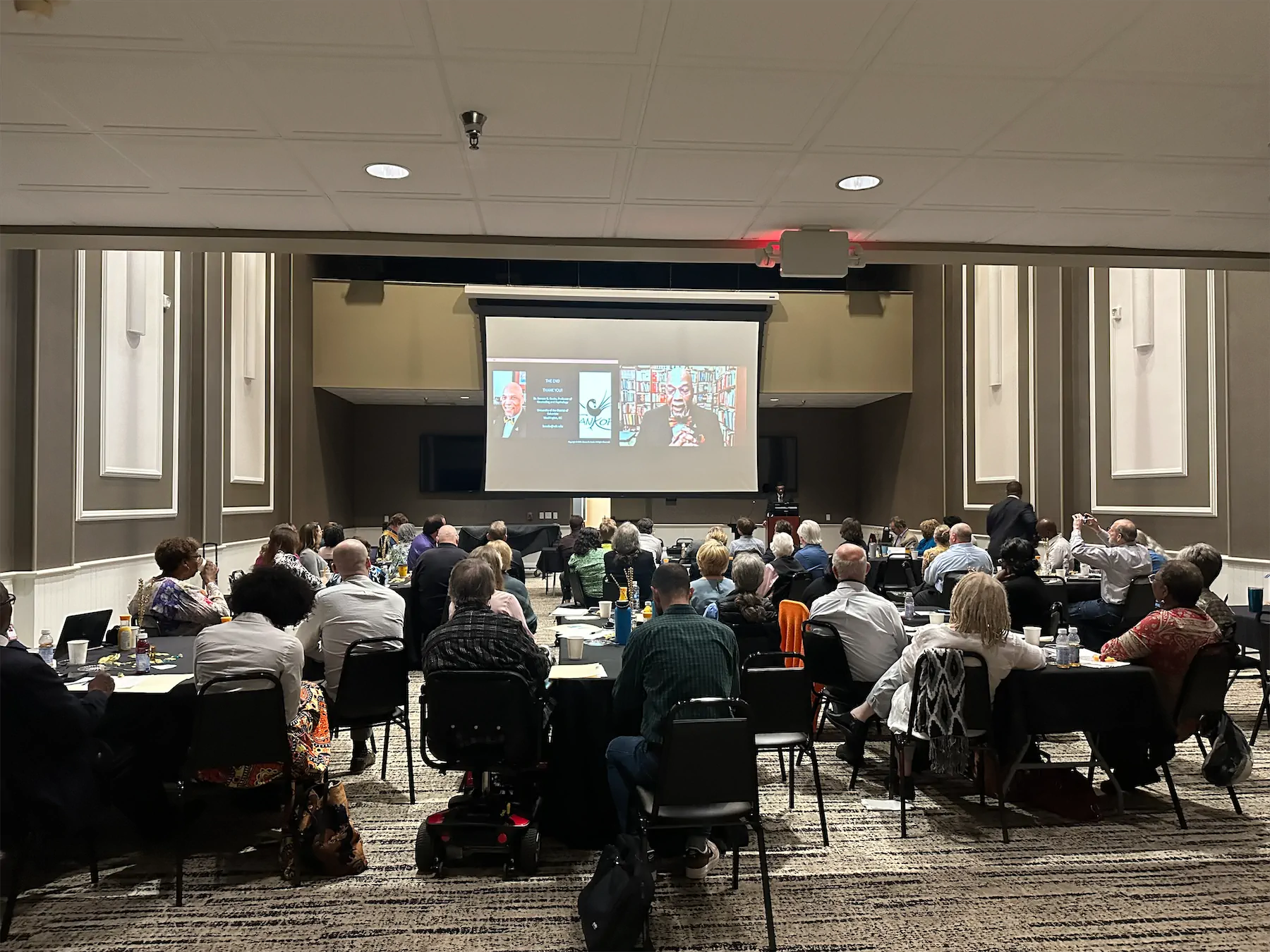Confederate monuments are not quaint relics of a bygone past. Confederate monuments, especially those on public grounds, undeniably and unavoidably harm others. Those who view the monuments suffer as a result of:
- the knowledge of the racist motivation behind the monuments’ creation and installation,
- having racist motivations made clear in public spaces, and
- being reminded of the horrors of the Civil War and the United States’ racist history.
The following resources provide greater detail about this argument, and why monument removal is urgently needed.
Removing Confederate Monuments
“Many people, including various politicians, want [Confederate monuments] removed: they see the monuments as racist and harmful and want to do something recognizably anti-racist. They argue that Confederate monuments inflict unavoidable harm on undeserving persons by serving as a constant reminder of America’s racism.”
– Travis Timmerman
As a Black woman from the South, removal of Confederate symbols is personal
“The emotional pain caused by Confederate symbols and imagery is an extension of centuries-worth of trauma from slavery that has been passed down from generation to generation and exacerbated by police killings of Black people.” – Chandelis Duster
The Problem with Confederate Monuments in Public Spaces
“…I thought about the experiences of my friend. In April, she encountered a white woman at a festival in Lafayette, LA, under the gaze of Confederate General Alfred Mouton. The woman spoke with reverence and pride upon seeing the monument. She saw the Old South in all its Gone With the Wind majesty while my friend saw the subjugation that she, her parents, and ancestors experienced at the hands of white supremacy.” – Matthew Teutsch
Effects of Confederate Monuments on Political Attitudes and Behavior
At least 1,740 symbols of the Confederacy in the U.S., including over 700 statues on public property. These are painful reminders of racial injustice. This project moves beyond measuring what predicts support for Confederate symbols and asks 1) what individuals think they mean and 2) how the symbols influence individuals’ political attitudes and behavior. – Lucy Britt, Tyler Steelman, and Emily Wager
Your Confederacy Is Choking My People
“Statues to Robert E. Lee and other confederate rebels are less about military strategy and Southern gentility and are more about Southern terror, white supremacy, and racial domination. Communities erected these monuments to choke the political, economic, social, and physical life out of Black communities by reminding us who was on top and who was not.” – Allyn Brooks-LaSure
Michele Moody-Adams on Monuments and Memorials
Myisha Cherry chats with philosopher Michele Moody-Adams about monuments and memorials, their similarities and differences, arguments for their destruction, the democratic possibilities of both, and so much more.
Recent writings from philosophers on the topic of harm and monument removal
From the Daily Nous
- Burch-Brown, J. (2017). “Is it Wrong to Topple Statues & Rename Schools?” Journal of Political Theory & Philosophy, 59–86.
- Demetriou, D. (Forthcoming). “Ashes of Our Fathers: Racist Monuments and the Tribal Right“. In Ethics Left and Right: The Moral Issues that Divide Us, edited by B. Fisher.
- Demetriou, D., & Wingo, A. (2018). “The Ethics of Racist Monuments“. In Palgrave Handbook of Philosophy and Public Policy, edited by D. Boonin.
- Frowe, H. (2019). “The Duty to Remove Statues of Wrongdoers“. Journal of Practical Ethics, 7(3).
- Lai, T.-H. (Forthcoming). “Political Vandalism as Counter-Speech: A Defense of Defacing and Destroying Tainted Monuments“. European Journal of Philosophy.
- Lim, C. (Forthcoming). “Vandalizing Tainted Commemorations“. Philosophy and Public Affairs, Online first.
- Nili, S. (2020). “From Charlottesville to the Nobel: Political Leaders and the Morality of Political Honors“. Ethics, 130(3), 415–445.
- Schulz, J. (2019). “Must Rhodes Fall? The Significance of Commemoration in the Struggle for Relations of Respect“. Journal of Political Philosophy, 27(2), 166–186.
- Tsai, G. (2016). “The morality of state symbolic power“. Social Theory and Practice, 42(2), 318–342.
